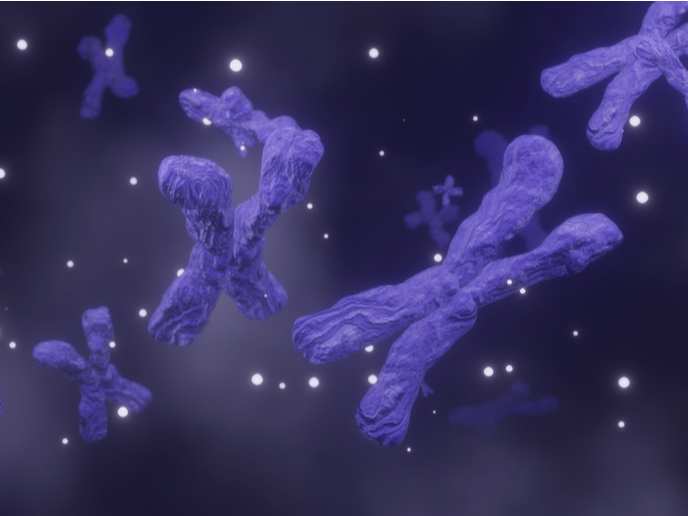Cell communication in root development
For plant roots to transport water and nutrients efficiently, the shape and structure of the root system needs to adapt to changing environmental conditions. Plants therefore have a complex communication system to relay information between roots and surrounding cells, which regulates root formation during post-embryonic development. The EU-funded 'Receptor-like kinase signalling in Arabidopsis thaliana root development' (REKSARD) project used a model plant root system to study cell-to-cell communication during root development. Researchers focused on a communication system in which a receptor protein that spans the plant cell membrane binds to a molecule known as a ligand. Because the transmembrane protein is positioned both within and outside the cell, it can communicate with other cells via mobile signalling molecules. Such information is used to control cell division during organ development and to convey positional information for direction of root growth. To find out which receptor/ligand combinations are important in root development, REKSARD characterised the receptor protein ARABIDOPSIS CRINKLY4 (ACR4) from the model plant Arabidopsis thaliana. ACR4, which helps to regulate embryonic organ development, allows root growth and structure to be flexible in response to fluctuating environmental conditions. Next, researchers will try to determine which ligands bind to ACR4 and how this binding regulates root development through cell-to-cell communication and cell division control. Apart from shedding light on developmental control mechanisms, REKSARD will provide an ideal tool to study mechanisms of cell-to-cell communication during growth and development.







